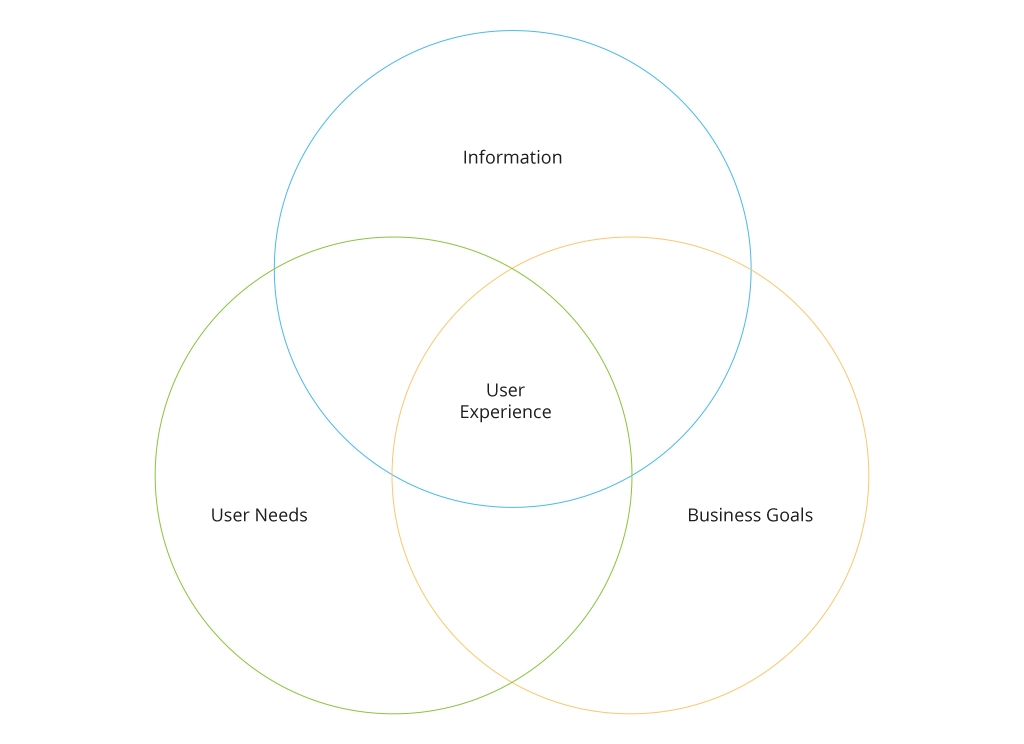What to Expect When Developing Digital Health Solutions
The COVID-19 pandemic accelerated a plunge into a remote and digital mode for many industries. At first glance, healthcare stands out as a highly face-to-face and personal system that seems tricky to digitize. However, there are ways to introduce technology here as well. For example, we see massive progress in converting chaotic paper documentation into electronic medical records, with 93% of primary care practices across 24 OECD countries utilizing them as of 2021.
Another global trend that shifted the industry’s approach towards collecting, processing, and organizing medical-related data is online health information-seeking behavior. According to 2020 research, 55% of Europeans have sought health-related information online, an increase from 21% in previous years. The richness and accessibility of this data prompted people to demand more information about their health, as individuals switch their focus from treatment to prevention of diseases.
Healthcare companies meet this new demand by investing in digital health technology like medical-device wearables to provide patients with monitoring healthcare software solutions customized for every individual condition.
User-Centricity as a Shared Objective for all Stakeholders
When we talk about digital health, we should look at this emerging industry from a broader perspective and as part of the digital ecosystem. To allow people to benefit from electronic medical record systems, telehealth, and wearable devices like sports trackers and heart rate sensors, players from healthcare, government, business, and tech sectors should unite and collaborate.
Healthcare providers, tech companies, integration partners, and government organizations have different interests while developing a medical solution. How do you bring together the objectives of simplified health management, improved care delivery, better decision-making, and minimized costs?
User-Centricity as a Design Concept

You should always start from the end – from the end-user perspective who will interact the most with your solution. Human-centered design is a system-design approach and engineering framework that puts the user’s needs and behavior as a top priority at every stage of development, while other requirements and objectives are aligned with the user-center strategy.
Personalization of experience is a common thread in all digital products, and virtual care is not an exception. Take a look at how Happify Health, a digital health platform, builds personal and engaging relationships with its users. It utilizes an AI algorithm that acts as a therapist for depression patients. Based on the users’ answers, the program is tailored to every patient with a relevant tone of voice and a level of interaction.
A case in point from our experience: Infopulse was involved in an interesting project with a European data company that offers B2B software solutions for the healthcare industry. We helped our client to create a white label solution for national insurance providers. The goal was to digitize patients’ medical records and unite them in one application so that users can have full access to their treatment, diagnosis history, and health information.
While working on this solution, we dealt with the aspects that are critical for the healthcare software development:
- Adherence to strict government requirements aimed at protecting personal data privacy.
- Top-notch security to protect back-end endpoints, such as a government healthcare database.
- Advanced accessibility options (screen reading that renders text as speech, scaling for visually impaired people, AAA level color contrast, etc.) to allow users with disabilities to easily access their medical data.
- Customizable UI design elements to quickly deploy and integrate the application into different insurance apps
The key feature of this white label solution was its MVVM (Model–View–ViewModel) architecture. By separating the user interface from the back-end logic, each insurance company can change the look-and-feel of an application to fit its branding guidelines without altering the business logic and functionality.
Key Components of the User-Centered Approach
So, how do you integrate user-centered design (UCD) into your development process? It starts with a mindset shift, meaning that you need to move the focus from product managers’ ideas and vision to the needs and problems of the user – user-centered design > assumptions-driven design.
UCD is an iterative process that requires designers and developers to continually test their hypotheses, make changes, and adjust the UX of the solution. This approach can be divided into four overlapping stages:
- Understand the context of use – at the discovery stage, it’s vital to dig deep into how users may use your solution. Interviews and focus groups are essential parts of this process. By closely observing the ways in which users engage with your solution, you can build superb user experiences that will make their interaction flawless and efficient.
- Specify user requirements – after collecting all the behavioral data from the first stage, you can identify user requirements in more detail. A brainstorming session is necessary to translate discovered needs and pain points into the solution’s features and functions.
- Design a solution – at this stage, you combine your findings, insights, and objectives in a single solution. Here, the quality of the end-result greatly depends on the expertise of your team: whether they can translate your defined view into a compelling, efficient solution.
- Evaluate against requirements – here, you assess your solution, test its performance, and check if it matches the user’s needs. Then, you make iterations based on your findings and repeat the previous phases until the final result satisfies all criteria.
User-Centered Design Approach

Importance of Data Security and Compliance for Medical Decision-Making
Before data was abundant, we all thought that simply collecting enough data points would solve many problems and uncover numerous insights. It’s a lot more complicated than that in terms of data processing, data models, and even contextual factors. Medicine is not an exact science; it’s open to endless variations and interpretations which makes handling data and building accurate models more challenging
Healthcare professionals assess and filter data in their own way depending on their knowledge, experience, and other external aspects. For example, respiratory consultants’ evaluation of the spirometry results depends on the center where it was carried out; nurses interpret patients’ self-reported mood scores differently; doctors struggle with the accuracy of a patient’s digitally captured step count.
The goal of digital health solutions is not to add tons of new data but to unlock a meaningful capture within specific contexts. To do that, healthcare organizations turn to tech companies as third-party intermediaries to decipher that debris of information. That is where tremendous security risks reside – in transferring data back and forth in an unpredictable digital environment.
For example, a looming gap in cloud identity management of the insurance app can jeopardize customers’ data privacy and expose the database systems of a particular hospital. To counter such risks, medical institutions and solution developers should meet each other halfway regarding the security and compliance of patients’ sensitive data.
In terms of security, a seasoned service provider always relies on industry’s best practices and cloud vendor recommendations to create an unbreakable security perimeter. Infopulse, as a trusted Microsoft partner, is equipped to reach the high standards of cloud security in the most demanding industries.
On the compliance side, there is GDPR, the EU’s General Data Protection Regulation, one of healthcare's most stringent data security standards. It requires medical institutions to adhere to the “data protection by design” principle. Under this regulation, any data breach comes with a costly fine for an organization. Yet again, data comes to the forefront, making cybersecurity a top compliance issue. The digital and, most often, cloud nature of sensors, apps, websites, and databases makes them a source of incredible insights and a magnet for cyber threats and data frauds.
Thus, healthcare organizations should establish basic means of cyber protection, including data encryption, control access, authentication protocols, and continuous monitoring activities. Medical solution vendors need to gain 360-degree visibility of IT infrastructure and all transmitted and stored data, along with routine vulnerability assessments and penetration testing. With mutual cooperation and stringent security and compliance practices in place, healthcare and technology sectors can create real value for their customers.
Final Thoughts
As the world grows more digital and its offerings get more personalized, companies interested in providing healthcare software should adopt a hybrid model when developing them. Integrating the best of the technical and healthcare worlds while constrained by clinical and government regulations requires a holistic and collaborative approach that will bring value to all stakeholders.
![Developing Healthcare Software [banner]](https://www.infopulse.com/uploads/media/banner-1920x528-what-to-expect-when-developing-digital-health-solutions.webp)

![Power Apps Licensing Guide [thumbnail]](/uploads/media/thumbnail-280x222-power-apps-licensing-guide.webp)
![How to Build Enterprise Software Systems [thumbnail]](/uploads/media/thumbnail-280x222-how-to-build-enterprise-software-systems.webp)
![Super Apps Review [thumbnail]](/uploads/media/thumbnail-280x222-introducing-Super-App-a-Better-Approach-to-All-in-One-Experience.webp)
![ServiceNow and Third-Party Integrations [thumbnail]](/uploads/media/thumbnail-280x222-how-to-integrate-service-now-and-third-party-systems.webp)
![Cloud Native vs. Cloud Agnostic [thumbnail]](/uploads/media/thumbnail-280x222-cloud-agnostic-vs-cloud-native-architecture-which-approach-to-choose.webp)
![DevOps Adoption Challenges [thumbnail]](/uploads/media/thumbnail-280x222-7-devops-challenges-for-efficient-adoption.webp)
![White-label Mobile Banking App [Thumbnail]](/uploads/media/thumbnail-280x222-white-label-mobile-banking-application.webp)

![Mortgages Module Flexcube [Thumbnail]](/uploads/media/thumbnail-280x222-Secrets-of-setting-up-a-mortgage-module-in-Oracle-FlexCube.webp)
![Challenges in Fine-Tuning Computer Vision Models [thumbnail]](/uploads/media/thumbnail-280x222-7-common-pitfalls-of-fine-tuning-computer-vision-models.jpg)